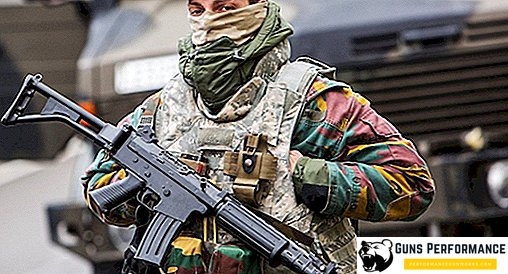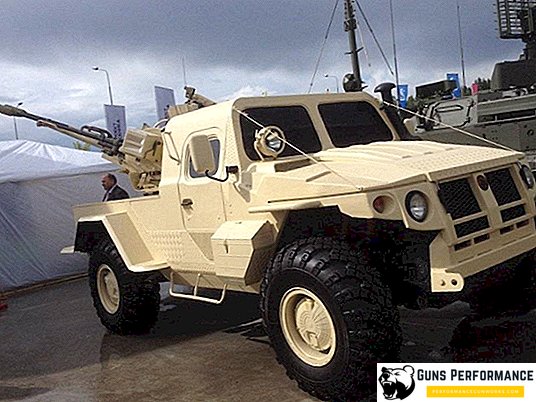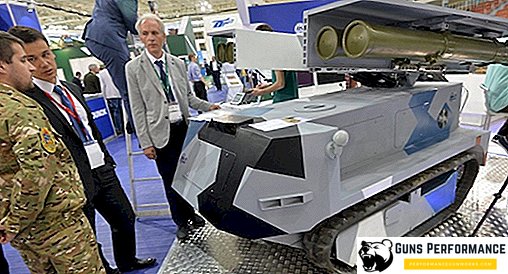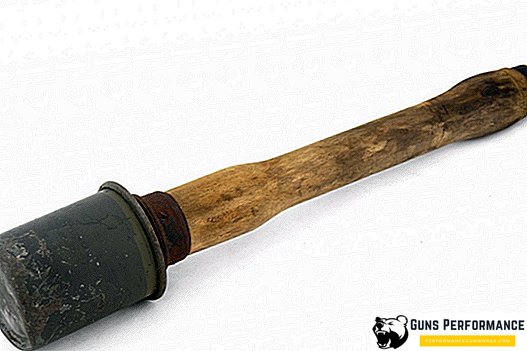Broadswords, rapiers are a logical continuation of the development of medieval swords. In general, the individual swords of the XV-XVI centuries, according to some characteristic features, can be regarded as broadswords. This is particularly related to the presence of developed guard units, which include intertwined rings and bows. In the future, it will develop into a basket-shaped guard, which has an English or Scottish broadsword, an Italian shyavona, atille - an Indian broadsword.
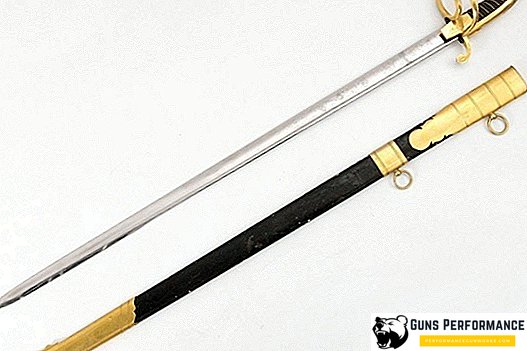
The term sword is derived from the Turkish word pala, which can be translated as a sword or a dagger. In European states, broadswords received a variety of names. So, the British had broadsword - basket swords, the Italians had spada schiavona - Slavic swords, and the Germans had different names at the same time in different periods of the 16th-19th centuries:
- In the XVI-XVII centuries - reiterschwert - these were the swords of horsemen;
- In the XVIII-XIX centuries, based on the purpose of the military units in which they were used - kurassierdegen, dragonerdegen, kavalleriedegen - cuirassier swords, dragoon swords, and cavalry swords.
So, broadswords are a kind of slashing-stabbing dlinnoklinkovogo weapons. They have wide two or single-blade blades and developed guards, usually in the form of wicker baskets. The broadswords are much wider and heavier than those of rapiers or late swords.
Broadswords
Like all swords, broadswords have two main parts - the blade and the hilt. The most curious and complex structurally are the hilt broadshells with basket-shaped guards. All hilt of these types stand out from the universal, inherent in all the details.

They consist of:
- Sticking out;
- Rear Killon crosses;
- Krestovin;
- Rings of guards protruding below the crosses (they have only early weapons, such as the Scottish broadsword and Schiavon);
- Front Killon crosses.
The blades were conditionally divided into three parts:
- Strong parts of blades;
- Middle parts of blades;
- Weak parts of blades and edges.
Broadswords with basket guards
Early configurations of broadswords with basket-guard guards appeared in the 16th century. Unlike the rest of the guard of that time, the arcs with rings turned into trellised baskets, completely covering the hands. There are changes in the forms of the guard from typical, round, rapier to more flattened ones. Old Swedish inventory records of this weapon were determined in "basket hilt in the form of horse muzzles".
Despite the basket guards, these varieties of the early broadswords are very similar to the other forms of swords. In those days, they all possessed quite long parrying arcs of crosses. Some handles had characteristic divisions in two lobes, similar to bastard swords.
From the 17th century, broadswords with basket guards were divided into three different categories. One category can be called common, and two others regional, which includes: the Venetian schiavon and the Scottish broadsword. The most well-known representatives of the general category are Walloon broadswords (Walloon swords) and mortuary swords (from the English. Mortuary swords), known on the mainland as haudegen - gaudegens (according to some sources they were defined as battle swords).
Walloon broadsword
Walloon broadswords have become very popular in central and northern European countries. They apparently became the main prototypes for the subsequent formation of the combat charter cavalry blades. They easily stand out from broadswords, which have a basket hilt, and have characteristic features:
- The garda have wide two-particle front flaps that connect to the tops with side protective arches;
- The rear crosspieces of the crosses are bent down to the tips, at the ends have extensions of spherical shapes;
- The front Killons pass into the front defensive arms connected to the top pans, which almost all Walloon broadswords have spherical shapes.
Dead sword
Most of the Haudegen blades have only one blade. There are no crosses on the hilt, and baskets are pronounced and equipped with protective shields. This weapon was mainly distributed in England of the XVII century when there was a civil war. Many basket guards were decorated with pictures of King Charles I being decapitated. That is why the English Haudegens later came to be called "dead swords".

Scottish broadsword
Apparently the most famous regional representative is considered the Scottish broadsword. Often it is mistakenly called a claymore. A wide variety of his versions quickly spread throughout Britain.
The spread of the Scottish broadsword is associated with military clashes, often taking place in Scotland in the XVIII century. Regular British troops and Scottish mountain clans fought.
What is striking is that most of the Scottish broadswords have red lining inside the guard, and the blade is usually quite wide, long with a double-edged blade.
Schiavona
Schiavony regionally distributed less Scottish broadswords. They met only in Venice. At first, the term gli schiavoni was the name of the swords of the Doge’s Guardsmen. Later, the so-called swords with basket-shaped hilt Venetian style.
Different models of Chiavon have significant differences in quality and finish. So, some are extremely simple and functional, while the rest had excellent embossing and brass inlay.
Broadswords of statutory forms
By the end of the 17th century, all European armies began to arm themselves with authorized weapons, characteristic of different types of troops. The broadsword is made the characteristic weapon of heavy cavalrymen such as cuirassiers and dragoons. By the nineteenth century, the armies of some states were armed with several specimen broadswords. In addition to the Guards' cuirassiers of broadswords, army of the cuirassiers of broadswords, dragoons and other broadswords, an officer's broadsword also appeared. All of them mostly had heavy single-edged blades with well-defined tips, designed for powerful piercing punches.

Cuirassier broadsword
The making of such broadswords was carried out in large quantities by all the major European centers. All parameters are strictly regulated by the statutes, so we have reached a considerable number of these weapons. As a result, at the word "broadsword", many imagine the actual Kirasir weapon of the XIX century.
By the end of the XIX century, in cavalry most of the states, broadswords were driven out with sabers. The only exception was the Life Guards, in which this weapon has survived to the present day.




